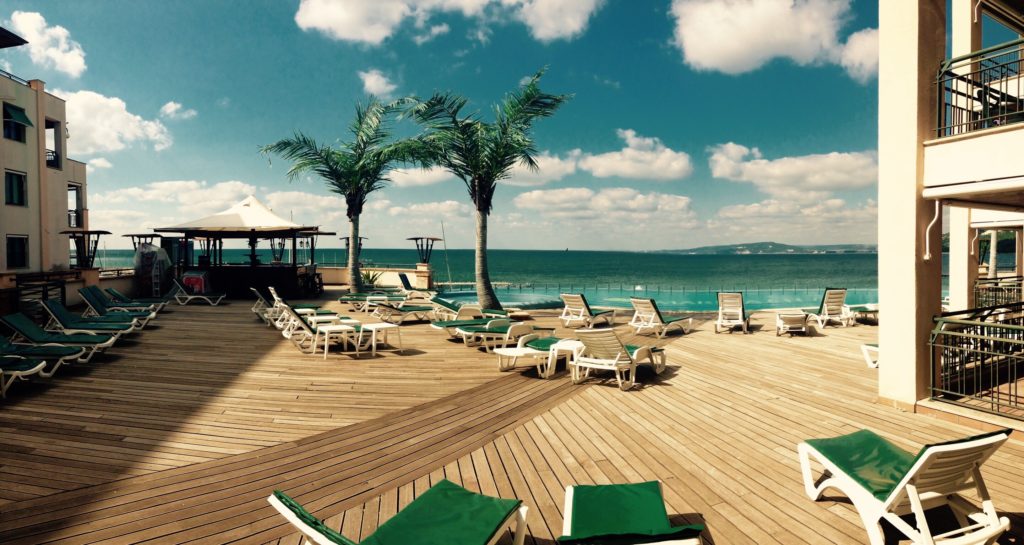
As a digital marketing agency, one of our goals is to consistently look for ways to reduce our clients’ customer acquisition costs. Everybody understands that the lower your CPA, the wider your profit margin will be. But you can’t work on CPA strategies without having enough history and analytics information to be able to determine what will create the best OVERALL AND LONG-TERM ROI.
Let’s start with the fundamentals. There are top of the funnel campaigns (awareness), middle of the funnel campaigns (consideration), and bottom of the funnel campaigns (decision). Each of them has a very specific function. It’s easy to disregard a top of the funnel campaign simply because the apparent CPA is high and the CTR and conversion rate is low. However, the key point to understand is that without THAT apparently “under performing” campaign, your other mid and bottom of the funnel campaigns would not perform at the same level. It’s a well-known fact and strategy among digital marketing professionals.
Once your campaigns have been running for a few months and you have a few monthly reports to compare your data, it’s easy to determine that your “branding” campaign is doing so well, that you starting wondering if you even need it! I’m sure if you’re a digital marketer, you’ve heard something like that from your clients a few times. “Let’s just focus on selling, forget the branding… we don’t need it…”
But here’s the reality of the situation. Reducing the top of the funnel or branding campaign budget will also decrease, not only the clicks and conversions from that campaign, but it also reduces the number of people searching for your brand and product that will buy from you in the following weeks.
This concept really applies to all industries, but in the case of hospitality, due to the competition between individual hotels and online travel agencies (OTAs), the proper brand campaign strategy is even more critical.
Let’s say that a web visitor goes to Google and searches for an “all inclusive spa resort in Scottsdale.” Obviously, that is a non-branded search query. The search will result in at least four resorts search ads listed at the top of the SERP. The visitor clicks on one of the ads and she’s taken to the resort corresponding landing page. At this point, she looks around the multiple offers, familiarizes herself with the brand, and decides to leave the search without booking just yet. A few days later, the same person, now searches for your brand name specifically. Something like “Brand spa resort in Scottsdale.”
If you’re not allocating a portion of your paid advertising budget to your branded terms, chances are, an OTA will take that booking from you. In other words, the same hard earned potential guest that you attracted to your landing page by outbidding your competitors, may now end up booking -your hotel, yes- but via OTA that will not only ‘own’ your customer, but also charge you a commission for a sale that you actually started yourself.
When it comes to digital marketing strategies, it is very important to look at all campaigns as a sports team. Yes, only 2 or 3 members of the team will typically score 80% of the goals, touchdowns, etc. but without the assists and support of the less glamorous teammates, non of those scores would happen.
Similarly, the inexperienced marketer will simply trim the cost and budget of the “loser” campaign and transfer it to the “winners,” however, shortly after doing that, they realize that their winning campaigns for some strange reason, stopped performing well too. Now you know the reason. Some campaigns are better are “assisting” or “blocking” competitors from taking your search terms, than actually “scoring” conversions. Yet, you wouldn’t have some of the conversions without the proper assists either.
Again, when it comes to hotels and travel, it is imperative for resorts to realize the tremendous value of being able to ‘own’ the relationship with a guest before they even become a guest. Getting guests to book directly on a resort’s website rather than through an (OTA) is constant challenge that most hoteliers are working on overcoming on a regular basis. Add to that the customer lifetime value and those few dollars that you tried to save on some of your campaigns all of a sudden start to feel like a very expensive proposition.
Diversifying marketing and distribution channels will reduce any hotel dependence on OTAs, or merchants relying on Amazon sales, Search Engines, Social Media, or any other single channel and help it sustain long-term growth. At the end of the day, your brand equity is your most valuable asset. Products and services come and go, but good brands, know how to prevail.
Thank you for reading. Until next time, this is Manuel Gil del Real (MGR)
Photo by Alexander Videnov on Unsplash




